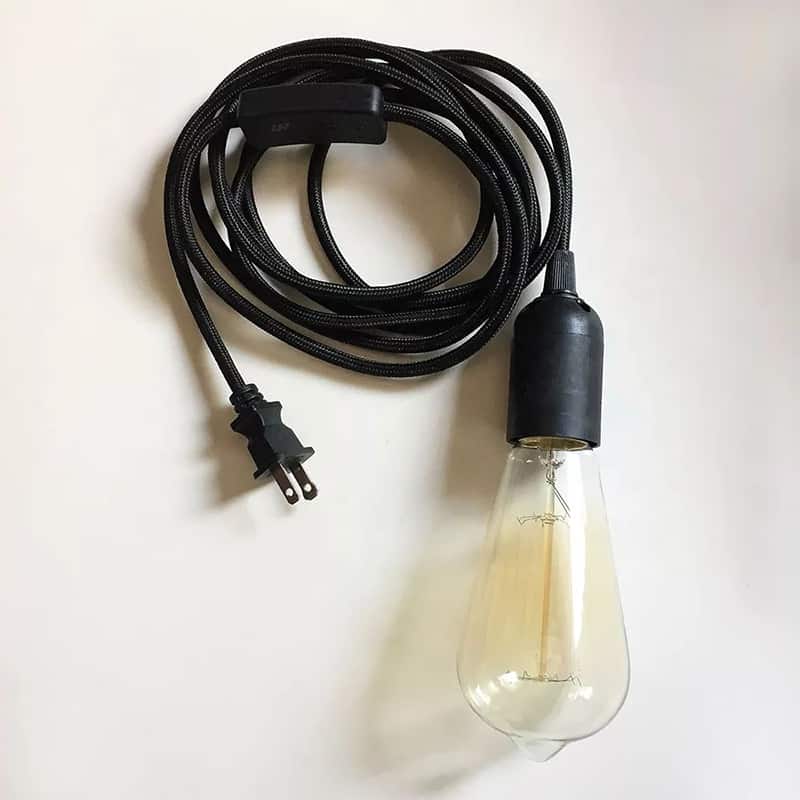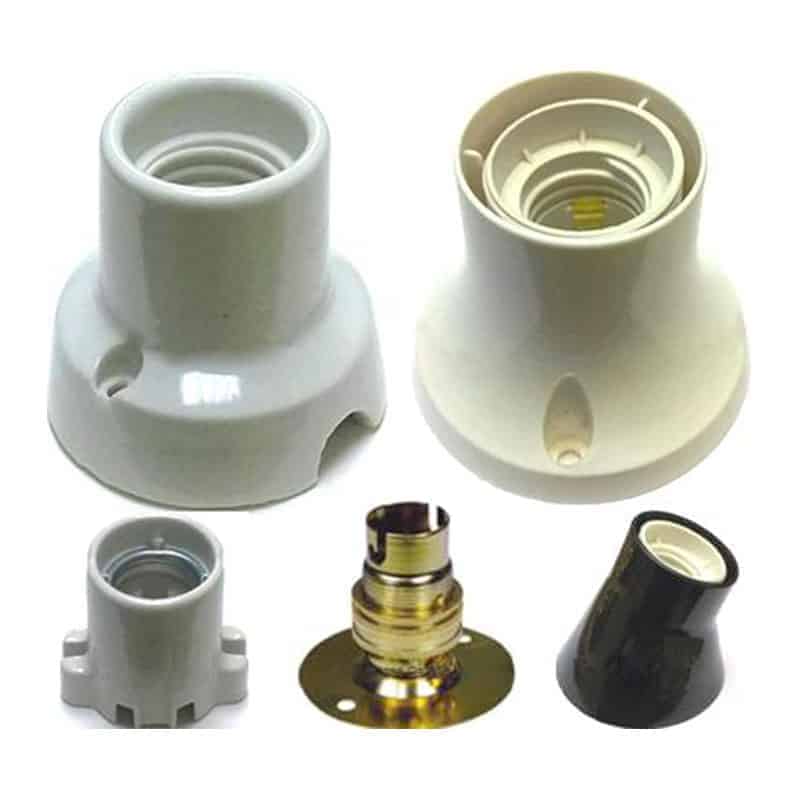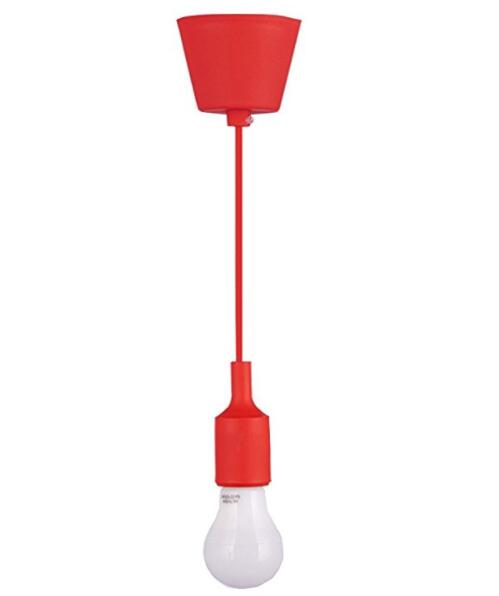Some people wonder if it’s okay to put an LED bulb in a light socket that’s rated for a little less wattage. Even though it’s not much, there can be problems with overheating or damaging the fixture over time. You need to understand what happens when you go a little over and how to handle it safely.
Yes, you can put a 5.2W LED bulb in a 5W socket, but it comes with some risks. That 0.2W difference doesn’t seem like a lot, and many times it won’t cause a problem right away. However, this little bit of extra wattage can have a long-term impact on your fixture, your socket, and how well your bulb works. Even though LED bulbs are way more efficient than traditional incandescent bulbs, overloading a socket can still lead to overheating and, in rare cases, a safety hazard.
Impact on Safety and Fixture Durability
One of the biggest risks of exceeding the wattage rating is overheating. LED bulbs run cooler than incandescent bulbs, but they still generate heat, especially when used in enclosed or poorly ventilated fixtures. A 5W socket is designed to dissipate a specific amount of heat, and even a small overage can cause a gradual increase in temperature. Over time, this can degrade the materials of the socket or fixture, shortening their lifespan or causing premature wear.
The wiring inside the socket is also designed to handle a certain load. Exceeding this limit, even slightly, can put stress on the wires and other components, potentially leading to insulation breakdown or increased wear. Although the difference between 5W and 5.2W might not cause immediate damage, it is essential to monitor the fixture for any signs of stress or overheating, especially in the long run.
How Manufacturers Determine Socket Wattage Limits
Manufacturers set wattage limits for light bulb sockets based on the materials used in their construction, the heat tolerance of the components, and safety regulations. These limits are intended to ensure that the socket operates safely within a designated range of power usage. Even though the difference between 5W and 5.2W may seem negligible, manufacturers build these limits with a margin of safety in mind.
It’s crucial to respect these limits. Exceeding them might void warranties or result in unsafe operating conditions. Manufacturers design sockets and fixtures to handle a specific range of wattages, and exceeding this range by any amount can compromise the system’s ability to safely manage heat and power.

Differences Between LED and Incandescent Wattage Ratings
LED bulbs are significantly more efficient than incandescent bulbs, which means they produce the same amount of light while using far less energy. For instance, a 5W LED bulb might produce the same brightness as a 40W incandescent bulb. However, the socket’s wattage rating still applies to the total amount of power being used, regardless of the type of bulb.
This is important because while LED bulbs use less electricity, they can still pose risks if their wattage exceeds the fixture’s limits. The efficiency of LED bulbs does not mean they are immune to the issues of socket overloading. Always ensure that the wattage of the LED bulb is at or below the socket’s rating to avoid any potential problems.
Potential for Electrical Overload
Electrical circuits are designed with specific load limits in mind. Using a bulb that exceeds the wattage rating, even slightly, can increase the load on the circuit. While a 0.2W increase in a single socket may not seem significant, multiple instances of exceeding wattage ratings in a home or business can accumulate and overload the electrical system.
This can lead to tripped breakers, or worse, wiring damage. It’s always a good practice to stay within the rated wattage to avoid these kinds of problems, especially when using multiple light fixtures on the same circuit.
Fixture and Socket Design Considerations
Different fixtures are designed with specific wattage and bulb types in mind. It is important to check whether your fixture is rated for LED bulbs, especially when using sockets designed for older incandescent or halogen bulbs. Some sockets may have lower wattage ratings because they are designed for lower-output bulbs or were manufactured before LED technology became widespread.
Enclosed fixtures, in particular, pose a higher risk when using LED bulbs that exceed the wattage rating. These fixtures trap heat, and even a slight overage in power consumption can lead to overheating, especially if the bulb does not have adequate ventilation. In such cases, using a bulb within the rated wattage is critical to prevent any potential safety issues.
Thermal Management in LEDs and Why It Matters
LED bulbs rely on thermal management systems, such as heat sinks, to control the amount of heat generated during operation. While LEDs are more energy-efficient and produce less heat than incandescent bulbs, they are still sensitive to high temperatures. When you exceed the rated wattage of a socket, even by a small margin, it can overwhelm the bulb’s heat management system.
This can result in reduced efficiency, shortened bulb lifespan, or in extreme cases, damage to both the bulb and the fixture. To maintain optimal performance, it’s important to ensure that the fixture and socket can handle the heat produced by the LED bulb, even if the difference seems small.
What Happens Over Time?
Using a 5.2W LED bulb in a 5W socket may not cause any immediate problems, but the effects can accumulate over time. In the short term, the bulb and fixture may operate without any noticeable issues. However, prolonged use can lead to gradual damage to the socket, especially if the fixture is enclosed or poorly ventilated.
Overheating can cause the bulb socket to degrade, the wiring insulation to weaken, and the bulb to burn out faster than expected. To avoid these long-term effects, it’s best to stay within the recommended wattage and monitor the fixture regularly for signs of wear or damage.
Solutions and Recommendations
If you find yourself in a situation where the available LED bulb exceeds the socket’s wattage by a small amount, consider a few potential solutions. First, look for LED bulbs that exactly match or are slightly below the socket’s rating. Many manufacturers offer a wide range of wattages, so finding a 5W bulb instead of 5.2W should be feasible.
If you consistently need higher wattage bulbs, it may be time to upgrade the fixture or socket to one with a higher capacity. Additionally, using dimmer switches or smart lighting systems can help control the power output and prevent the socket from being overloaded.
Finally, always check the manufacturer’s guidelines for both the LED bulb and the socket to ensure compatibility. This helps avoid potential safety risks and extends the lifespan of both the bulb and the fixture.

Final Words:
Using a 5.2W LED bulb in a 5W socket isn’t likely to cause an immediate problem. However, you need to think about the long-term impact. Overloading a lamp socket, even a little bit, can lead to damage, a reduced lifespan, and safety issues.















